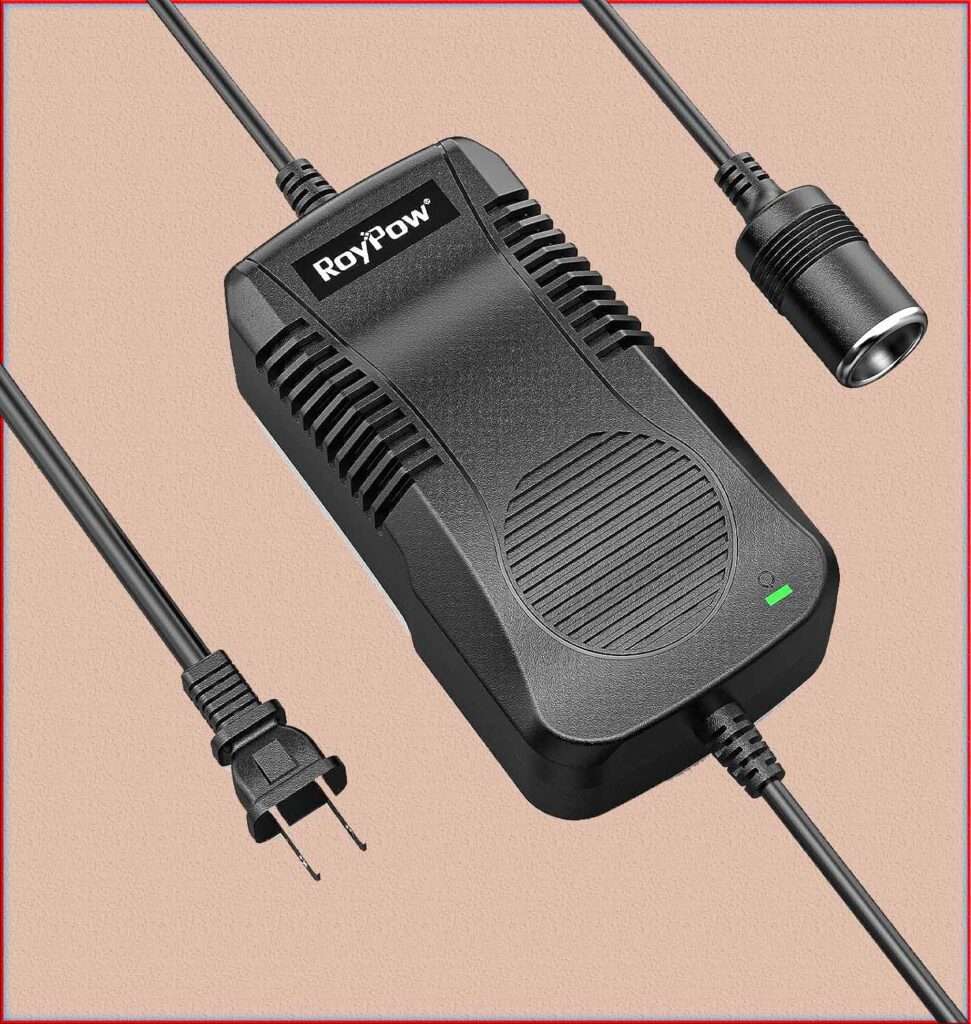AC to DC Converter for Car Amplifier: A Comprehensive Guide
An AC to DC converter for car amplifiers is a specialized electronic device designed to convert the alternating current (AC) from a standard household power outlet (mains) into direct current (DC) suitable for powering car amplifiers.
This converter allows users to operate their car amplifiers indoors or in locations without access to a car’s DC power source, such as during testing, tuning, or in-home use.
Read More About

Let’s explore the components, wiring details, and applications of an AC to DC converter for car amplifiers.
Components of AC to DC Converter for Car Amplifier
Step-Down Transformer: The conversion process starts with a step-down transformer that reduces the higher voltage of the AC mains to a lower voltage level suitable for the car amplifier’s power requirements.
Rectifier Diodes: After the transformer, rectifier diodes are used to convert the alternating current to pulsating direct current. The rectification process results in a pulsating waveform that still contains both positive and negative voltage swings.
Filter Capacitor: A filter capacitor is added after the rectifier diodes to smooth out the pulsating DC waveform. The capacitor charges during the positive half-cycles and discharges during the negative half-cycles, reducing the ripple and creating a relatively stable DC voltage.
Voltage Regulator: To ensure a constant and accurate DC output voltage, a voltage regulator is employed. The voltage regulator maintains a consistent output voltage despite fluctuations in the input voltage or load conditions, providing a stable power supply for the car amplifier.
Heat Sink: Due to the power conversion process, some components may generate heat, especially in the voltage regulator. A heat sink is used to dissipate the excess heat and maintain the converter‘s efficiency and reliability.
Wiring of AC to DC Converter for Car Amplifier
Input Wiring: The AC input wiring is connected to the primary side of the step-down transformer. The voltage level will depend on the mains voltage in the specific region.
Output Wiring: The output wiring is connected to the secondary side of the transformer, where the stepped-down voltage suitable for the car amplifier is obtained. This lower voltage is then rectified, filtered, and regulated to achieve a stable DC output.
Filter Capacitor Wiring: The filter capacitor is connected in parallel to the output of the rectifier diodes to smooth out the DC voltage.
Voltage Regulator Wiring: The voltage regulator is connected to the output of the filter capacitor to provide the desired stable DC output voltage required by the car amplifier.
Applications of AC to DC Converter for Car Amplifier
The AC to DC converter for car amplifiers has specific applications, including but not limited to:
Car Amplifier Testing and Tuning: The converter allows users to test and tune car amplifiers indoors or at home without the need for a car’s DC power source.
Demonstrations and Trade Shows: Car audio system manufacturers and retailers can use the converter to demonstrate car amplifiers at trade shows or events without requiring a car battery.
Workshops and DIY Enthusiasts: DIY enthusiasts and audio technicians can use the converter in workshops or home setups for testing and repairing car amplifiers.
Home Audio Systems: In some cases, users may want to integrate a car amplifier into their home audio system. The converter enables the amplifier’s indoor use.
Emergency Use: In emergency situations where a car amplifier is needed but no car battery is available, the converter can serve as a temporary power solution.
Where to Buy?
- AC to DC Converter, RoyPow 180W (Max 200W) 15A 100V~120V to 12V
- Pyramid PS9KX Universal Compact Bench Power Supply-5 Amp
- Powermax 110 Volt AC to 12 Volt DC Power Supply Converter
- XYZ INVT Pure Sine Wave Power Inverter 3500W / 7000W (Peak)
- Power Bright XC180 Cup Inverter, 180-watt 12V DC to 120V AC
In conclusion, an AC to DC converter for car amplifiers is a specialized device that allows car amplifiers to be powered using the AC mains supply found in standard household outlets. It involves components like a step-down transformer, rectifier diodes, filter capacitor, voltage regulator, and heat sink.
The converter finds applications in car amplifier testing, demonstrations, workshops, DIY setups, and emergency situations where a car amplifier requires power without access to a car’s DC power source.
Related Posts:
- A Quick Guide to Oscillator Circuit Diagram and Working
- Dc to Dc Converter: Important Things to know in your first Converter
- AC to DC Converter: Everything You need to Know
- How to Choose the Right Type of HIGH PASS FILTER!
- How To Make Your Product Stand Out With LOW PASS FILTER?
- Schmitt Trigger: Important Types, Working & Applications
Subscribe to our Newsletter “Electrical Insights Daily” to get the latest updates in Electrical Engineering. You can also Follow us LinkedIn and Facebook to see our latest posts on Electrical Engineering Topics.
